The Scandinavian design style took the world by storm when it first began! Now, it’s safe to say that quite a number of homes in Singapore have at least one Scandi-inspired furniture piece. Why not add an authentic Scandinavian classic to the mix with an iconic chair? In this blog, we’ll detail the history of how these timeless classics came about.
When did Scandinavian design originate?
Scandinavian design emerged in the 1920s and 1930s from the Scandic countries of Denmark, Sweden, Norway, Finland and Iceland. As a design philosophy it is widely known and revered around the world. At its heart, Scandinavian design revolves around the principles of functionality and simplicity. Today, it promotes clean, elegant lines, and a comforting home environment, epitomised by ‘hygge’. Quite the buzzword now, isn’t it!
However, like all design trends, Scandinavian shapes and inspirations have shifted through time. This dynamism is reflected through its range of iconic chairs. Here, we trace the history of 4 famous lounge chairs, reflecting on how Danish design has changed through time.
Emergence of Danish Design in 1940: The Pelican Lounge Chair & the Chieftain Lounge Chair
Danish design thrived during the 1940s and 50s, and in this time separated itself from Scandinavian design. Post World War 2, Danish design became a movement focused on producing exceptional products for ordinary homes; utilising natural raw materials and expert craftsmanship to promote a form of design that brought iconic style to the masses.

Finn Juhl
A legendary Danish designer, Finn Juhl was one of the key figures to create the aesthetics of modern ‘Danish Design’ in the 1940s, and was the designer who first introduced this new style to the rest of the world. What stands out about Finn Juhl’s influence is his use of surreal, modern, and bold shapes. There is no other piece that demonstrates this more keenly than the Pelican Lounge Chair.
As you can see, the Pelican Lounge Chair certainly is a statement piece! Despite its unusual frame, its vision is soft and organic, and when you seat yourself it feels as if you are receiving a hug. As an emblem of early Danish design, the Pelican is functional, offering multiple comfortable ways to sit, but equally stylish, offering an elegance and originality to any room.

The Chieftain Lounge Chair (1949) represented the peak of Finn Juhl’s career, and marked the beginning of the renewal of Danish furniture design. It harked back to traditional Danish elements of organic shape and traditional materials, but applied this to a completely modern frame.
Inspired by modern art, the chair adheres to strict functionsim and remains one of the most iconic pieces of Danish furniture today. In 2012, the Chieftain Lounge Chair won the Danish Design Award, Classic, for its equilibrium between tradition and modernity.
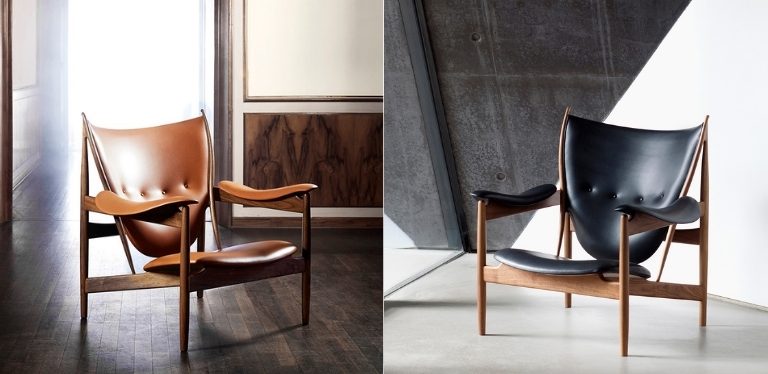
Going Global: 1954 – The Corona Lounge Chair
Despite the beauty of Danish designs in the 1940s, it was not until the 1950s that the world truly caught onto the trend. As the trend swept through the United States and Canada, designers in these regions were so inspired they took on many of the principles and have applied them to American furniture and architecture. Traces of this are visible in much of the architecture in California and San Francisco today.

Poul M. Volther
Perhaps one of the most recognisable pieces of Danish furniture from the mid-20th century is the Corona Lounge Chair by Poul M. Volther. The visually stunning Corona beautifully demonstrates the Volthers love for functionality. The design was conceived after years of work under the tutelage of Børge Mogensen, and was inspired by the desire to create a lounge chair that minimises the use of fabric, which was in short supply after World War 2.

The distinctive Corona Lounge Chair continues to be coveted for its unique, sculptural look and how it intuitively contours to the user’s form. Consisting of four elliptical-shaped seat pads that descend in size, and constructed with plush cushions, it offers unmatched comfort.
Moving the Masses: 1958 – The Spanish Chair
Børge Mogensen was one of the most influential designers in shaping the Danish design movement. Mogensen was trained as a cabinet-maker and designer at the Copenhagen School of Arts and Crafts and then the Royal Danish Academy of Fine Arts. He was trained by and promoted the Klint School of design and was inspired by traditional methods. However, like Finn Juhl, he took Danish design one step further, focusing on creating furniture for the masses and industrial production.
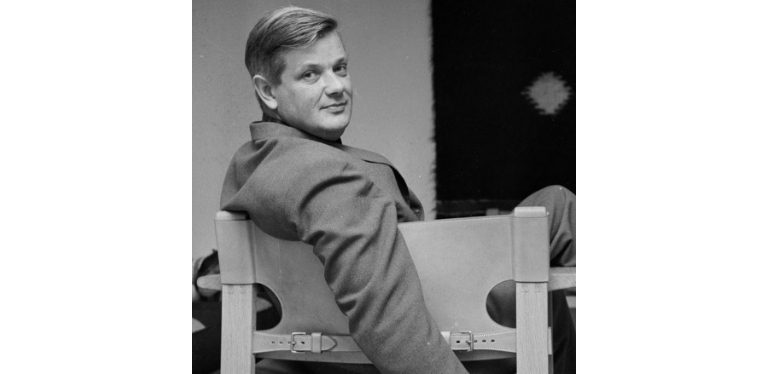
Børge Mogensen
Moreover, Morgensen also found inspiration internationally – and was intrigued by ethnic arts and crafts as well as Japanese wood carvings. As a result, his designs are often eclectic and self-confident, completely original to his own aesthetic. However, what remained constant was his desire to create durable furniture that would enrich people’s everyday lives.
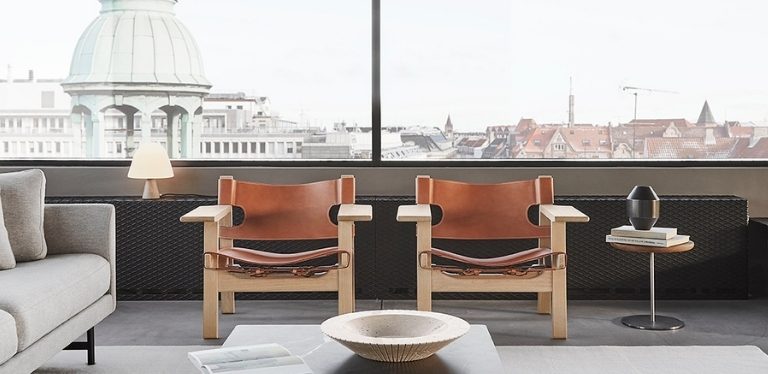
The Spanish Lounge Chair is a prime example. The chair, as its name suggests, draws inspiration from a traditional Spanish craft of using leather to construct the seat of a chair. Yet, equally, it reflects Mogensen’s own design mantra. It is a simple design that would feel in-place in any location, and is designed to withstand the test of time, made with the respect for natural materials.
VISIT OUR FURNITURE SHOWROOM
Discover more classic designs in our Singapore furniture store. We’re located at 100E Pasir Panjang Road, #06-03, B&D Building, 118521, and our friendly, experienced sales team are happy to assist you in any way!
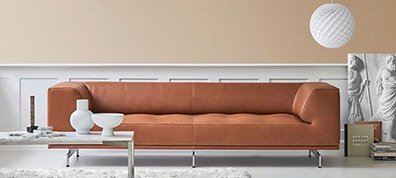

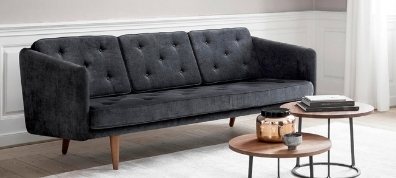
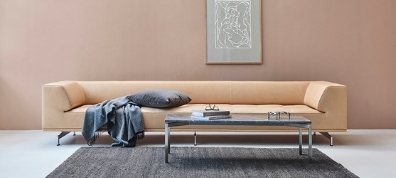

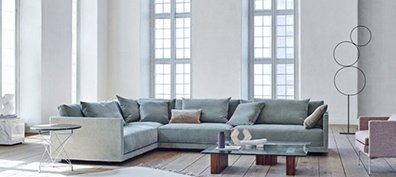
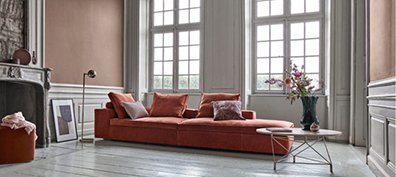
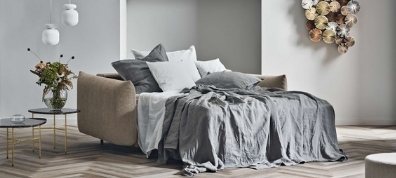
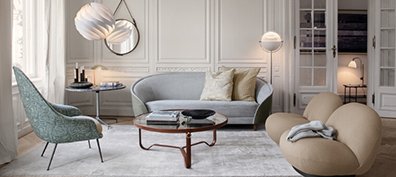
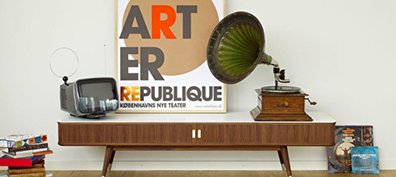
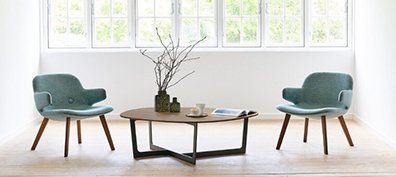
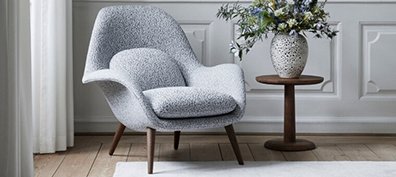
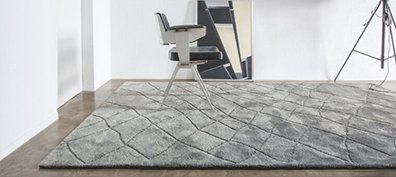
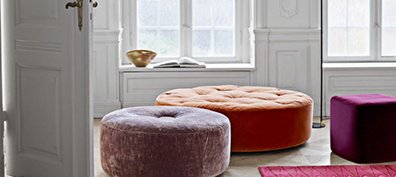
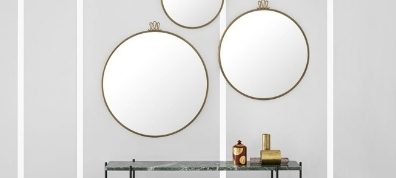
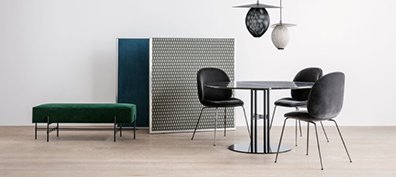
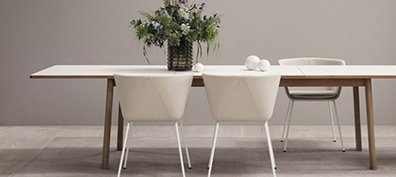
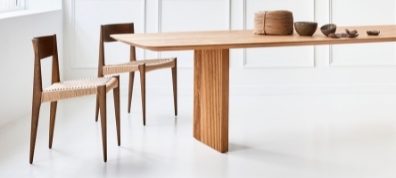
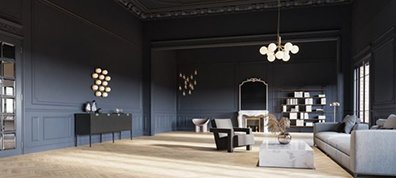
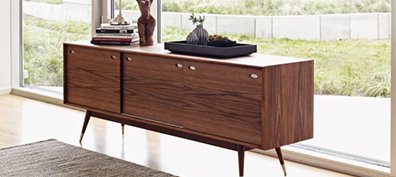
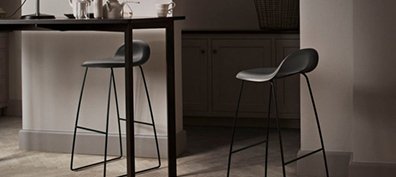

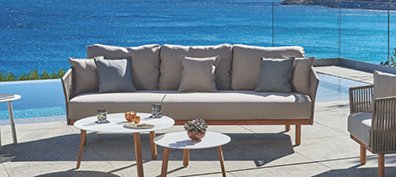
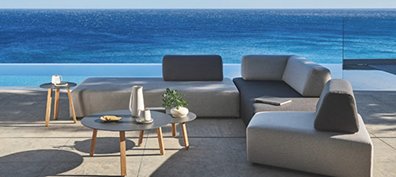
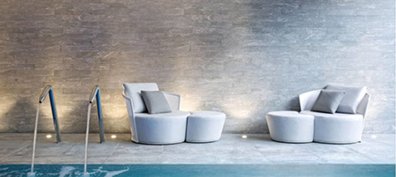
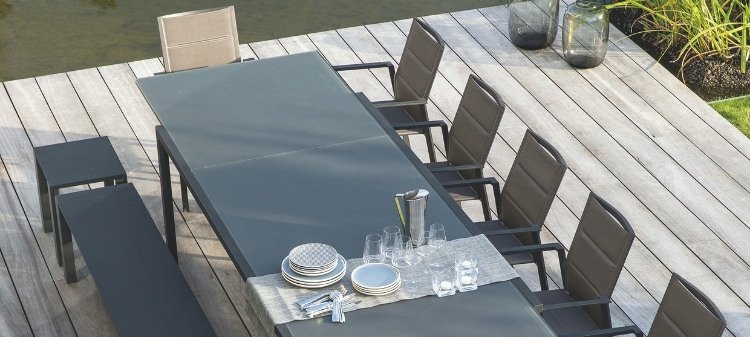
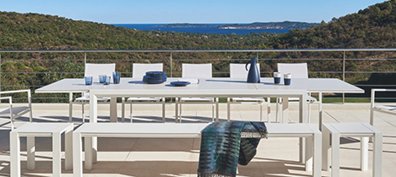
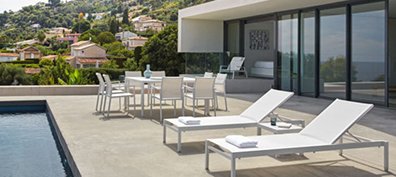
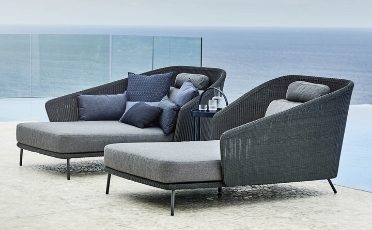

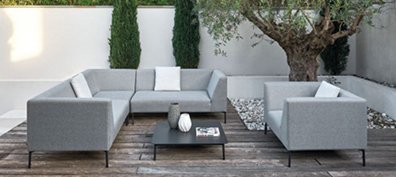
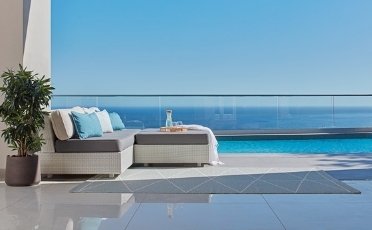
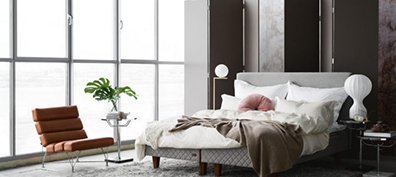



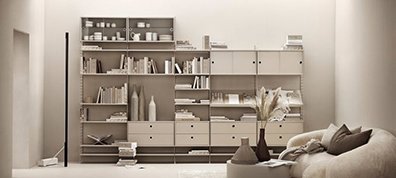
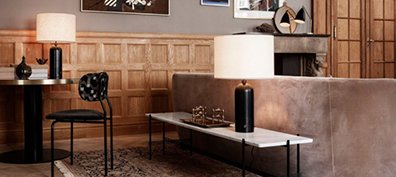
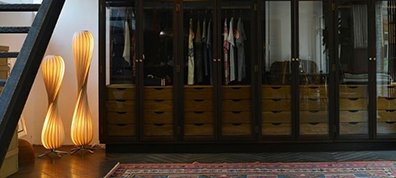
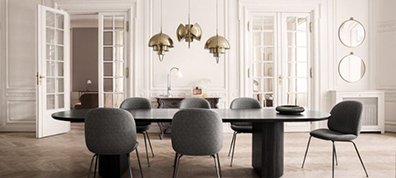


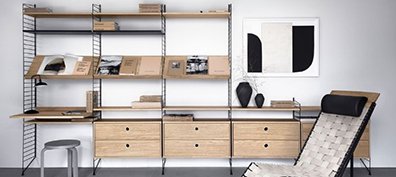
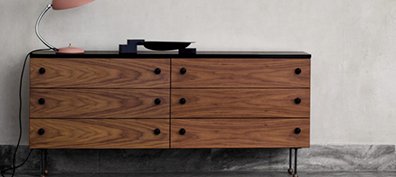

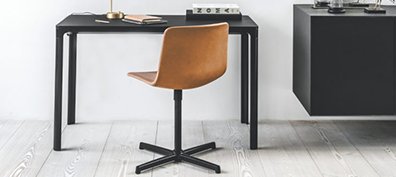










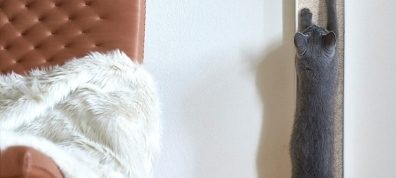







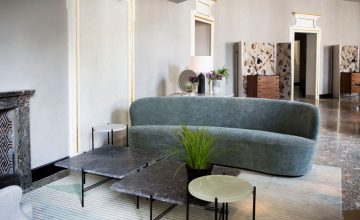

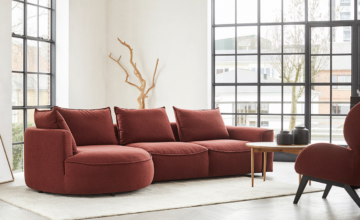
 Danish Design | Authentic Designer Furniture
Danish Design | Authentic Designer Furniture